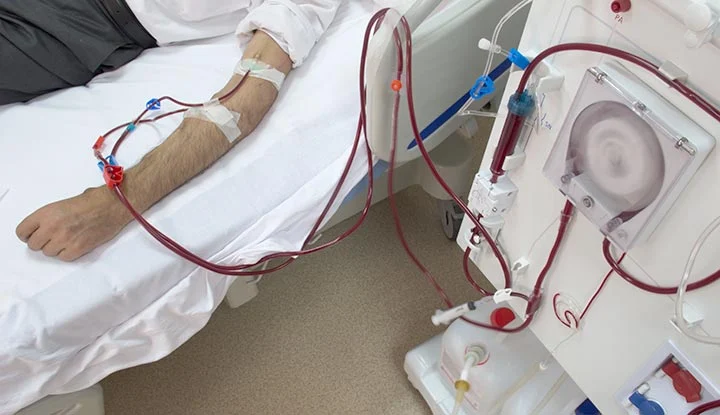
Frequency of the hemodialysis is it twice sufficient or thrice.
Frequency of the hemodialysis is it twice sufficient or thrice.
The decision of whether a patient with kidney failure should undergo dialysis twice a week or thrice a week is a critical one and should be made by a healthcare team, including nephrologists and other specialists, in collaboration with the patient. The choice depends on various factors, including the patient’s overall health, the stage of kidney disease, and individualized assessment. Here are some key considerations:
1. Kidney Function: The stage of kidney disease plays a significant role in determining the frequency of dialysis. Patients with end-stage renal disease (ESRD) typically require more frequent dialysis, often three times a week, to adequately remove waste products and excess fluids from the body. However, some patients with less severe kidney dysfunction may be candidates for less frequent dialysis.
2. Urea and Creatinine Levels: Blood tests for markers like blood urea nitrogen (BUN) and serum creatinine can help determine the need for more frequent dialysis. Elevated levels of these markers may indicate the need for increased dialysis sessions.
3. Fluid and Electrolyte Balance: Frequent dialysis is often necessary to maintain a healthy balance of fluids and electrolytes in the body. Patients who experience frequent fluctuations in these levels may require more frequent dialysis.
4. Symptoms and Quality of Life: Patient symptoms and quality of life are critical factors to consider. Some patients may experience symptoms like nausea, fatigue, and fluid retention if they receive dialysis less frequently. Increasing the frequency of dialysis can improve these symptoms and overall well-being.
5. Residual Kidney Function: If a patient still has some residual kidney function, it may influence the choice of dialysis frequency. In some cases, patients with residual function may be able to tolerate less frequent dialysis.
6. Vascular Access: The type of vascular access the patient has, such as a fistula, graft, or catheter, can also impact the decision. Some access types may be better suited for more frequent dialysis.
7. Patient Preference: It’s important to consider the patient’s preferences and lifestyle. Some patients may prefer the convenience of fewer dialysis sessions, while others may prioritize more frequent treatment to feel better.
8. Comorbidities: Patients with other health conditions or comorbidities may require more frequent dialysis to manage these conditions effectively.
9. Nutritional Status: Adequate nutrition is crucial for dialysis patients. Frequent dialysis can help maintain proper nutrition by removing waste products and controlling fluid balance.
10. Careful Monitoring: Regardless of the chosen frequency, patients should be closely monitored for any changes in their condition, and adjustments to the dialysis regimen may be necessary over time.
Ultimately, the decision of whether to have dialysis twice a week or thrice a week should be made on a case-by-case basis after a thorough evaluation of the patient’s medical history, current condition, and preferences. It’s essential for patients to have open and informed discussions with their healthcare providers to make the best choice for their individual needs.


Leave a Reply